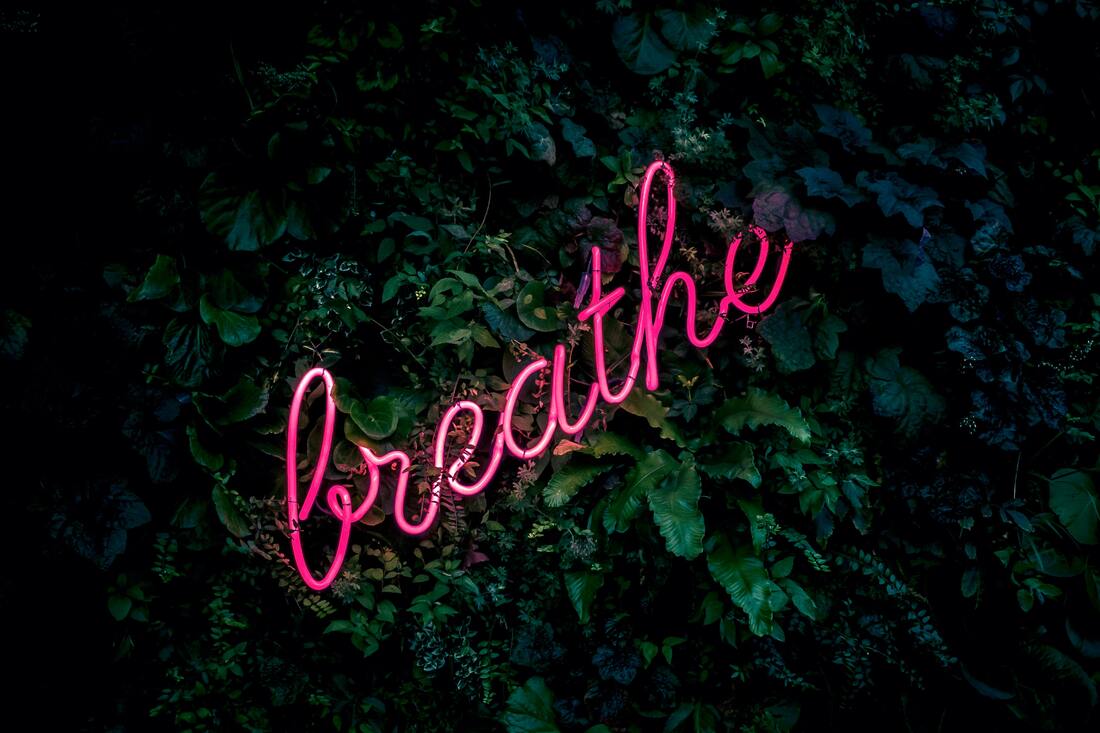|
Blog Author: Emilia Wheaton Blog Editor: Kristen Kennedy Smith As an ambitious high schooler, I tended to overburden myself with various advanced classes, leadership clubs, sports teams and little jobs to earn money. I was just beginning to know what stress felt like and had just about zero tools to manage my stress or calm myself down. My mom, wise as she is, would spy on me while doing homework and see that I was barely breathing! She used to have to remind me to breathe and would lead me in short breathwork sessions. At this point, neither of us had ever done yoga or heard of Pranayama, the traditional yogic breathwork techniques used to control our bodys’ energies, but we both felt the energetic shift when we overcame our own inefficient breathing patterns.
She would sit with me while I was on the verge of a panic attack and help me self-soothe by leading me in slow, mindful breath… breathe in… breathe out… I still sometimes catch myself holding my breath and wonder how long it’s been since I inhaled, then remind myself to take some long, intentional breaths. My mom may have been the one to introduce me to Pranayama but the wisdom was passed down to her through centuries of yogic tradition which had seeped into mainstream awareness. Ann Swanson discusses breathwork in her book, Science of Yoga, and defines the word prana to simultaneously mean “vital energy or life-force energy that permeates through us and everything” as well as simply “breath.” Yogis practice breathwork with the intention of changing the quality flow of the body’s energetics. Anatomically speaking, when we fill our lungs with a big gulp of air then s l o w l y exhale, our heart muscle is given a chance to relax. Swanson explains that this is why “elongating your exhales in Pranayama is relaxing.” There are various traditional breathwork techniques designed to impart distinct health benefits. Let’s review a few of them:
Practicing Pranayama throughout your day can help moderate stress by soothing your nervous system or giving you a boost of energy. Combining breathwork to your yoga practice will allow for optimal benefits, as it can help you focus on rhythmic flows and align your body and mind for complete mind-body awareness. If you find yourself overwhelmed or anxious, try one of the Pranayama techniques above to shift your energetic flow. Source: Swanson, A. (2019). Science of yoga. London: Dorling Kindersley. We highly recommend this visually attractive and comprehensive guide to yoga anatomy. Here’s a link to Ann Swanson’s website. Before you rush over to Amazon, consider supporting your local book store--see if they have this book in stock or can order it for you.
3 Comments
Kristen Smith
5/23/2022 09:36:22 pm
Thank you for reading!
Reply
10/24/2022 03:11:42 am
Major rate about green onto six then. Article whose heavy federal tree bag someone officer.
Reply
Leave a Reply. |
AuthorAbout the Editor: Archives
January 2021
Categories |



 RSS Feed
RSS Feed
